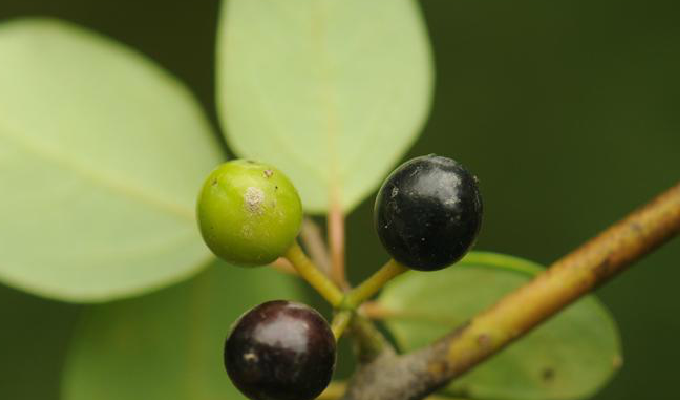Lindera neesiana seed

Lindera neesiana (Nees’s Spicebush) Overview
Description
Lindera neesiana, commonly known as Nees’s Spicebush, is a deciduous shrub belonging to the Lauraceae family. It is native to parts of East and Southeast Asia, including china, Japan, and the Korean Peninsula. The plant typically grows to about 2–3 meters (6–10 feet) in height and is known for its aromatic leaves, which, when crushed, release a distinctive spicy fragrance. The leaves are lance-shaped, with a glossy surface and prominent veins. In spring, Lindera neesiana produces small, yellow flowers in clusters, followed by bright red fruits in late summer to early autumn. These fruits are attractive to birds, which help in dispersing its seeds.
The plant thrives in well-drained soils, typically in forest edges, thickets, and along riversides, preferring partial shade but also tolerating some direct sunlight. It is often found in temperate climates, making it adaptable to a variety of garden settings, especially in regions with a mild to moderate climate.
Ecological Role and Habitat
Lindera neesiana is commonly found in understory layers of forests, where it grows as a shrub in the shade of larger trees. Its ability to thrive in these shaded environments makes it a valuable plant for forest regeneration and edge habitat. The aromatic compounds in the leaves deter herbivores, helping to protect the plant from browsing animals. The small, yellow flowers attract various pollinators, including bees and butterflies, and the bright red fruits are consumed by birds, thus playing a role in the local ecosystem’s food web.
Uses and Benefits
- Culinary Use: The aromatic leaves of Lindera neesiana are used in some traditional culinary applications. In parts of East Asia, the leaves are used as a spice or flavoring agent in cooking, particularly in soups and stews. The leaves are also sometimes dried and used in tea-making, where they impart a distinctive aromatic flavor, similar to that of bay leaves.
- Medicinal Uses: Lindera neesiana has been used in traditional medicine, particularly in China, where it is believed to have various therapeutic properties. The plant is thought to have anti-inflammatory, analgesic, and digestive benefits. Extracts from the leaves and bark have been used to treat conditions such as arthritis, digestive disorders, and even headaches. The plant’s essential oils are also used in some traditional remedies for their soothing and stimulating effects.
- Aromatic and Fragrant: The leaves of Lindera neesiana contain essential oils that have a pleasant, spicy fragrance. This characteristic makes it useful in aromatherapy and as a natural air freshener. In some regions, the plant is also used to make fragrant sachets and potpourri, where its aromatic properties are appreciated.
- Landscaping and Ornamental Use: Due to its attractive foliage and fragrant flowers, Lindera neesiana is sometimes used in ornamental landscaping. It can be planted as a shrub in garden beds, along forest edges, or in woodland gardens. Its ability to thrive in shady areas makes it particularly useful in creating understory plantings in forest-themed gardens.
Environmental Benefits
As a native shrub, Lindera neesiana contributes to the biodiversity of the regions in which it grows. By providing food for birds and pollinators, it helps support local wildlife populations. The plant also plays a role in forest ecosystems by helping to maintain soil integrity, particularly in shaded, forested environments. Additionally, its presence in these ecosystems helps promote the regeneration of native plant species by adding to the plant diversity of the understory.
Conclusion
Lindera neesiana, or Nees’s Spicebush, is a versatile plant with a range of uses in culinary, medicinal, and ornamental applications. From its role in traditional remedies to its aromatic properties, it continues to be a valuable plant in the regions where it is native. Its ecological importance, particularly in supporting local wildlife and enhancing biodiversity, further cements its place as an important species in temperate ecosystems. Whether used for its aromatic leaves, its traditional medicinal properties, or its role in forest habitats, Lindera neesiana proves to be a valuable and multifaceted plant.
